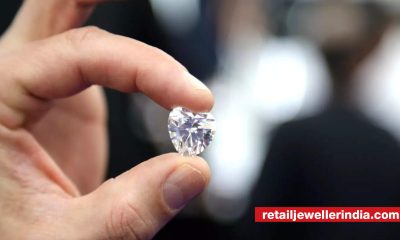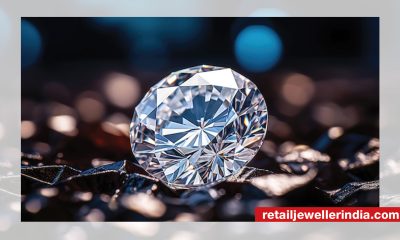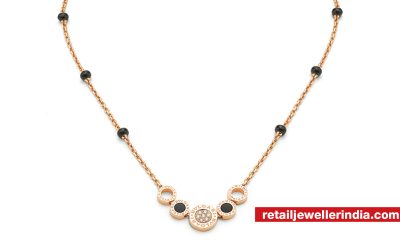IIJS
Investments key to withstand turbulent times: Pranay Narvekar on diamond industry challenges, market shifts

The Pharos BEAM Co-founder echoed sentiments of cautious optimism as he discussed problems faced by the diamond industry which has led to a state of stagnation
Mumbai: Amidst the more invigorating presentations on Day 4 of the IIJS Premiere 2024, Pranay Narvekar, CEO of Pharos BEAM, highlighted the ongoing struggles within the diamond industry, painting a stark picture of the challenges faced by businesses today. As prices continue to fall, the industry battles a fierce storm, with many stakeholders empathising with the difficult situation at hand.
The speaker kicked off the session with an interactive exercise, asking the audience to visualise a woman wearing a 4-carat diamond stud. The exercise aimed to probe the audience’s perceptions of luxury and exclusivity, fundamental elements of the diamond industry’s appeal. Many attendees aligned with one specific image, reflecting the deep-rooted associations between diamonds and social status.
The speaker quickly shifted focus to the current state of the industry, emphasising the precarious position it finds itself in today. “We are in a difficult situation,” the Narvekar noted, questioning how the industry reached this point. He says that challenges faced were not unforeseen. He had, as a matter of fact, warned of tough times ahead in an article titled “Winter is Coming.” The current downturn, he argued, was a result of the “bullwhip effect” prevalent in supply chains.
Explaining the concept, the consultant detailed how small changes at the retail level can lead to amplified effects further up the supply chain. A 15% drop in retail demand, for example, might necessitate a 33% reduction at the polished diamond level, escalating to a 70% decrease by the time it reaches mining. This ripple effect has led to significant instability, which, although theoretically predictable, has caught many in the industry off guard.
One of the critical points Pranay indicated was the stagnation in retail polished diamond demand, which has fallen below levels seen 15 years ago. This decline is not merely a result of economic pressures but also a reflection of changing consumer preferences. While volumes in certain areas might remain steady, the value of these transactions has been significantly impacted, particularly as inflation and recession fears loom larger than ever.
He drew a stark analogy, likening the industry to a “frog in a pan,” gradually heating up without realising the impending danger. Despite a strong start to 2021, the speaker warned that small, overlooked changes have led to the current crisis. He believes that unlike the sudden impacts of the 2008 financial crisis or the COVID-19 pandemic, the current downturn has been a slow, creeping challenge that has caught many unprepared.
The discussion also touched on other crises, such as the 2008 financial meltdown and the COVID-19 pandemic, noting that while those events had sudden and immediate impacts, the current crisis has developed more gradually. Despite this slow onset, the impact has been severe, with the diamond industry’s retail demand dropping by approximately 13%—a figure exacerbated by an additional 4% drop due to the rise of lab-grown diamonds (LGD). This cumulative effect could mean a total decline of around 20% by 2024, making the current crisis one of the most severe in recent history.
Several factors contributing to the industry’s struggles were highlighted, including inflation, recession fears, and the emergence of lab-grown diamonds (LGD). Narvekar looked to avoid delving deeply into the LGD market but noted its rapid growth and the potential threat it poses to the traditional diamond industry. Lab-grown diamonds, while once dismissed as a minor threat, have now become a significant concern, with production volumes skyrocketing and prices falling. This shift challenges the industry’s traditional luxury image, as lab-grown diamonds lack the exclusivity that natural diamonds have long symbolised.
The presentation also held the Russian sanctions in the light of the ongoing Russia-Ukraine war responsible for the downturn, with the speaker noting the potential for sanctions to exacerbate the industry’s woes. Drawing parallels with past events, such as the Zimbabwean diamond crisis, the speaker expressed concern over the ambiguity surrounding current sanctions and their potential impact on the global diamond supply chain.
Looking ahead, the Narvekar urged the industry to shift its focus from the rearview mirror to the road ahead. Despite the difficulties of 2024, there is hope for stabilization by 2025. However, this is contingent on several factors, including the economic situation in the United States and China. The speaker warned that if the U.S. slips into recession or if China’s market continues to struggle, the industry’s recovery could be further delayed.
The local Indian market was highlighted as a rare bright spot, showing positive growth despite global challenges. However, the he cautioned that the broader industry’s outlook remains uncertain. While supply levels of rough diamonds are expected to remain stable, demand must be actively monitored with measures such as demand cultivation and delibrate interference
In conclusion, the speaker emphasized the need for significant investment in marketing and demand generation to revive the industry. Comparing the diamond industry’s total sales to the marketing budget of a single company like Apple, the speaker underscored the scale of the challenge. Without a concerted effort to reignite consumer interest in natural diamonds, the industry may struggle to regain its former glory.
The session ended with a thought-provoking question: “If the consumer still believes that a diamond is a luxury, something to aspire to, we’ll all be in business 10 years from now. If that starts becoming a challenge, then I think we’ll all be out of business.” The future of the diamond industry, it seems, hinges on the preservation of its luxury perception.
Written by Amaan Kasu
Retail Jeweller India Exclusive

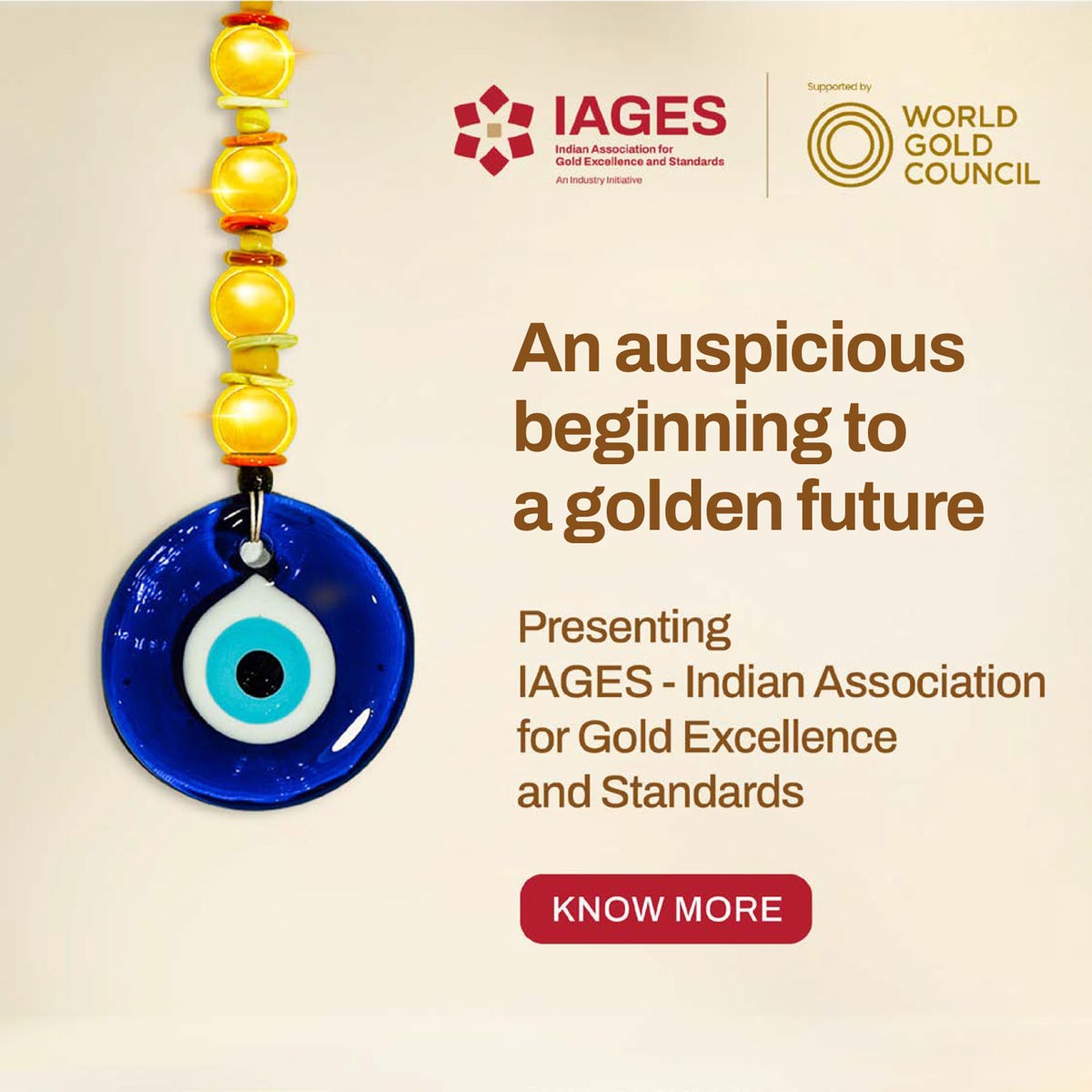
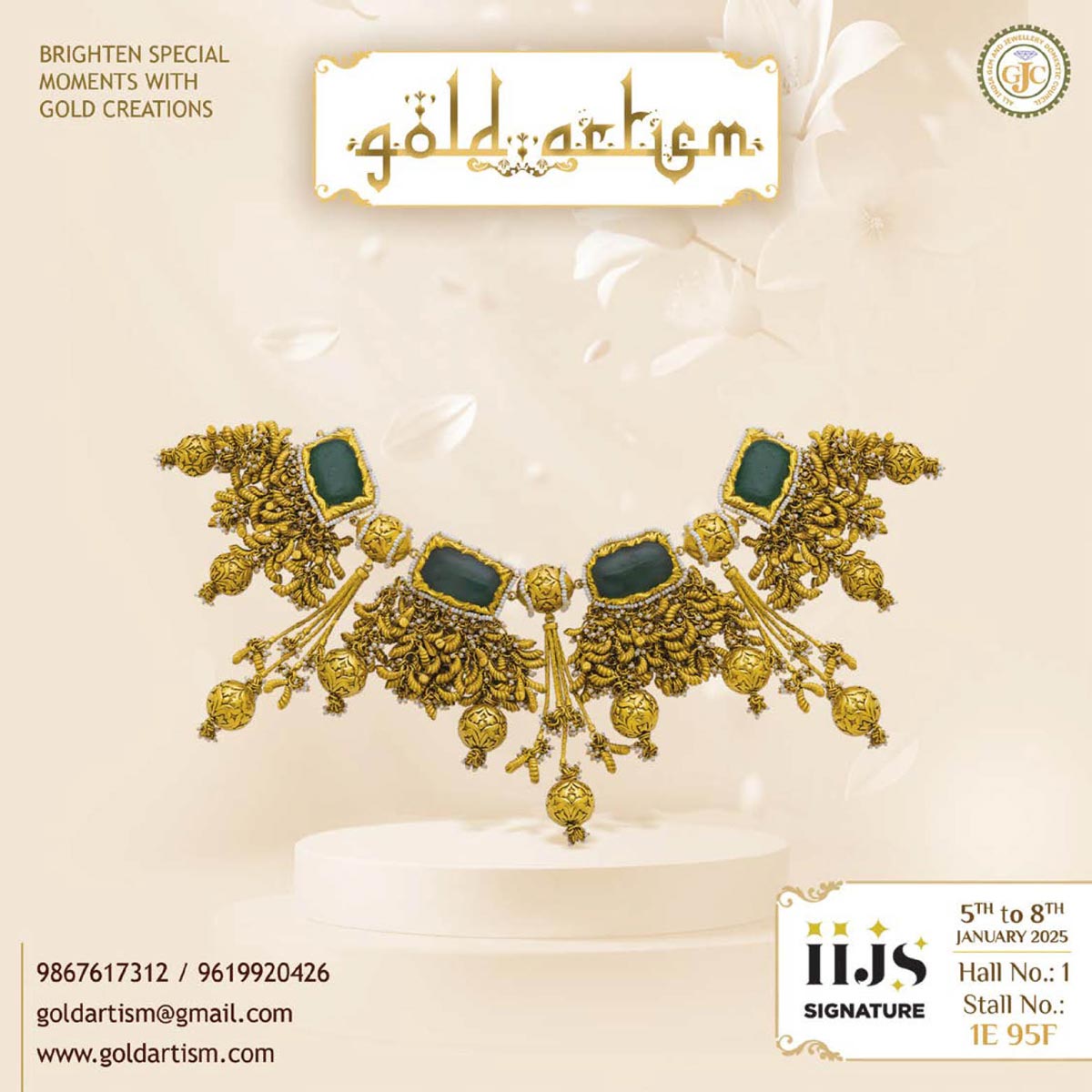

 Daily News2 months ago
Daily News2 months agoBvlgari adds designs to its pathbreaking mangalsutra collection ahead of wedding season

 Daily News1 month ago
Daily News1 month agoTrent, a TATA subsidiary, launches lab-grown diamond brand ‘Pome,’ shares surge 7.67%

 Daily News1 week ago
Daily News1 week agoMalabar Gold & Diamonds launches ‘Heritage Show’ in Mangalore, featuring jewellery inspired by Maharanis

 Daily News3 weeks ago
Daily News3 weeks agoSavji Dholakia’s visionary water conservation project ‘Bharatmata Sarovar’ reinforces commitment to sustainability






